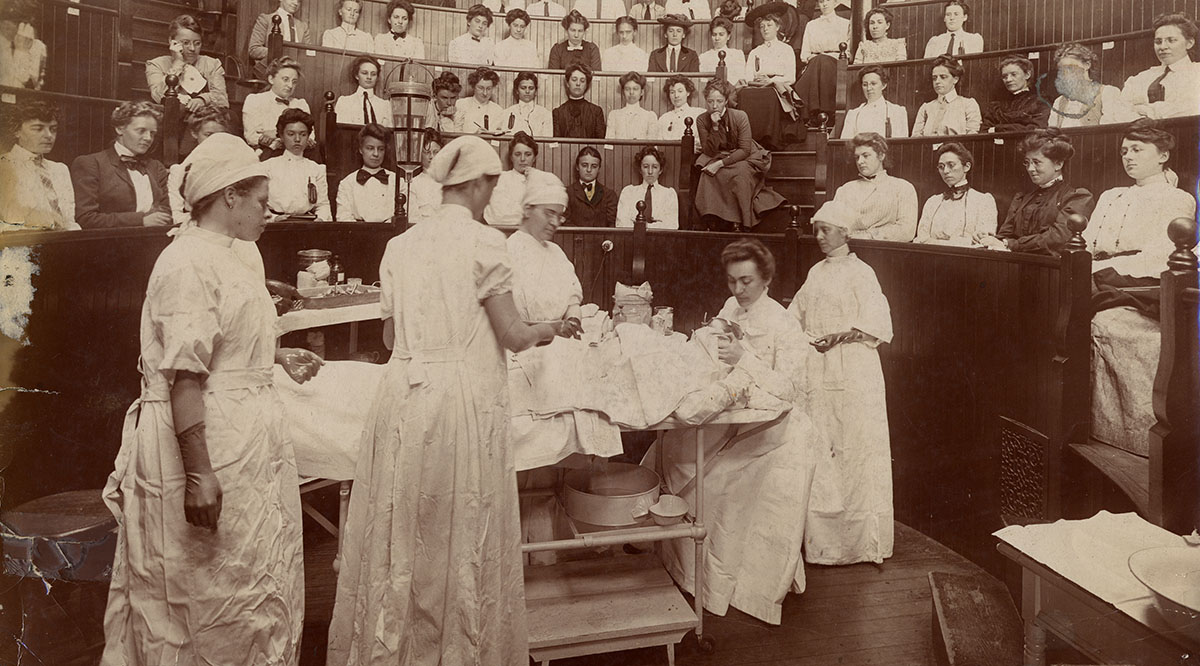
FAQ About Women in the History of Medicine
Women in the History of Medicine
2 years ago | gizem
How did women's involvement in medical research evolve over time?
Women's involvement in medical research has evolved significantly over time, with progress marked by changing societal attitudes, legal reforms, and the efforts of pioneering women in science and medicine. Here's an overview of the evolution of women's participation in medical research:
Early Barriers (Pre-19th Century):
- Women were largely excluded from formal medical education and professional medical practice in most cultures.
- Opportunities for women in medicine were limited to traditional roles such as midwives or caregivers within their own families.
- Some women made notable contributions to herbal medicine and homeopathy but often faced skepticism from the predominantly male medical establishment.
19th Century Advancements:
- The 19th century witnessed the emergence of the first female physicians and scientists, although they faced significant gender-based barriers.
- Elizabeth Blackwell, the first American woman to earn a medical degree in 1849, paved the way for more women to enter the medical profession.
- Female pioneers like Mary Edwards Walker and Emily Blackwell made significant contributions to medicine during the American Civil War.
Early 20th Century Progress:
- In the early 20th century, more women pursued medical degrees and entered medical practice.
- The establishment of the American Medical Women's Association (AMWA) in 1915 provided support and advocacy for women in medicine.
World War I and Beyond:
- World War I led to increased opportunities for women in medical research and practice as they filled essential roles in healthcare.
- The Flexner Report (1910) helped standardize medical education, improving access for women to medical schools.
- The 20th century saw the rise of influential women in medical research, such as Gerty Cori, who received a Nobel Prize in Physiology or Medicine in 1947.
Civil Rights and Equal Opportunity (Mid-20th Century):
- The civil rights and feminist movements of the mid-20th century sparked greater awareness of gender disparities in medicine and research.
- Legal reforms, including Title IX in the United States (1972), prohibited sex-based discrimination in education, including medical education and research funding.
Increasing Representation (Late 20th Century and Beyond):
- Over the decades, the number of women pursuing medical degrees and careers in research steadily increased.
- Women made significant contributions to various medical fields, including genetics, immunology, and epidemiology.
- Institutions and organizations began implementing diversity and inclusion initiatives to promote women's participation in medical research.
Recognition and Achievements:
- Women scientists and researchers have been recognized with prestigious awards and honors, including Nobel Prizes and other prestigious accolades.
- Women-led medical research has contributed to advancements in areas such as breast cancer treatment, vaccine development, and neurology.
